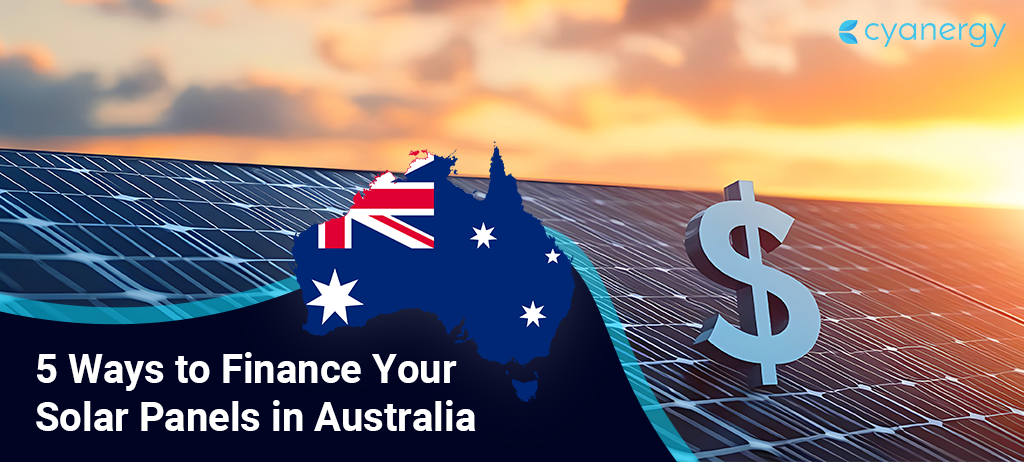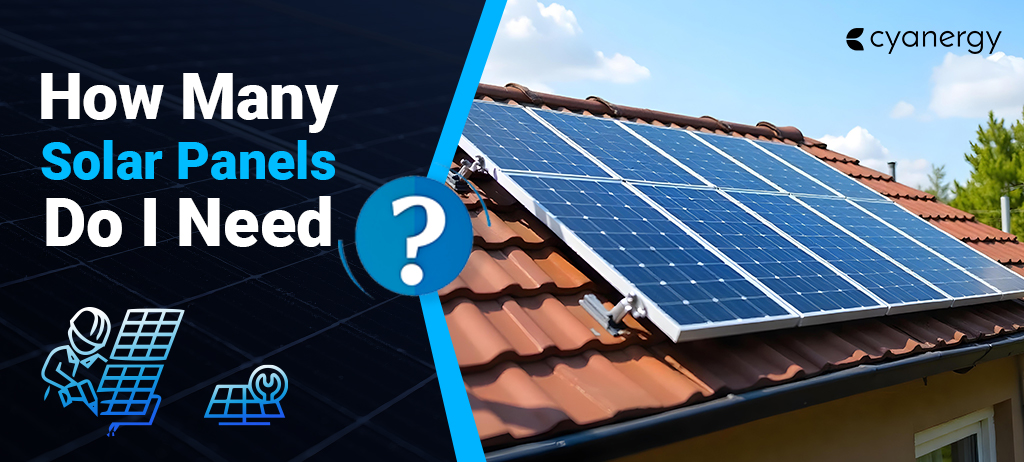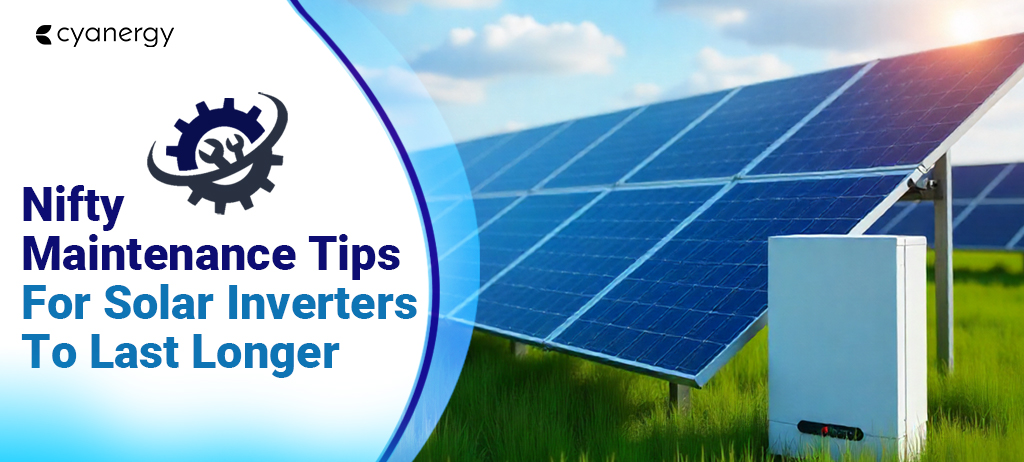1. What is the Renewable Energy Target?
Australia’s Renewable Energy Target (RET) is a government policy aimed at advancing renewable energy sources, with the primary goal of increasing the proportion of electricity generated from renewables while reducing carbon emissions. This policy was introduced to tackle two pressing challenges: climate change and the need for a more sustainable energy mix. By providing financial incentives for the expansion of renewable energy sources, Australia aims to diminish its carbon footprint and bolster energy security.
At its core, the RET establishes a specific target for renewable electricity generation, encompassing solar, wind, hydro, and biomass energy sources. Energy generators are rewarded with Renewable Energy Certificates (RECs) for each megawatt-hour of renewable energy produced. These RECs can then be traded or sold, creating a financial incentive structure that encourages greater investment in renewable energy generation.
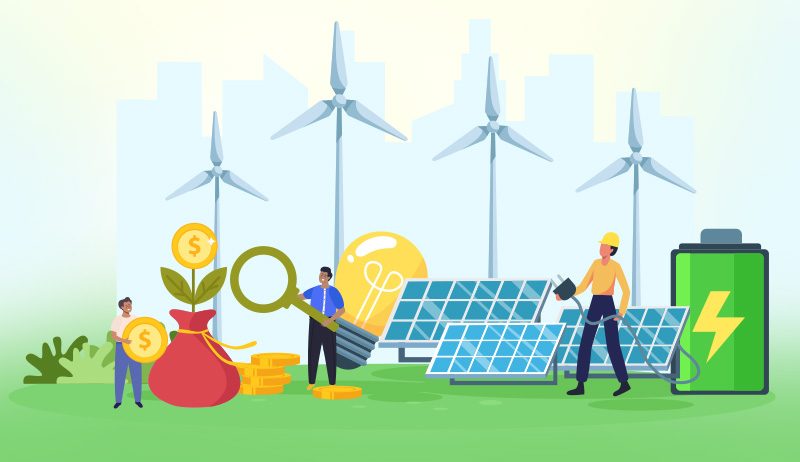
Australia’s RET covers a broad spectrum of renewable energy sources, including solar, wind, hydroelectric, geothermal, and biomass energy. This comprehensive approach is designed to diversify the country’s clean energy portfolio, fostering a more robust and resilient energy sector. The benefits of Clean Energy are immaculate.
The RET is not optional; it is a mandatory policy. Energy retailers are legally obliged to purchase and surrender a specified number of RECs annually. This obligation creates a robust market demand for renewable energy certificates, stimulating further investments in renewable energy projects across the nation.
For consumers, the RET can yield numerous advantages. This includes the potential for lower electricity prices as renewable technologies become more cost-effective over time. Additionally, it spurs job creation within the renewable energy sector and bolsters energy security by reducing reliance on fossil fuels.
The RET had played a pivotal role in propelling renewable energy growth in Australia. However, it’s important to remember that energy policies and targets can evolve over time. To stay informed about the current status and impact of the RET, I recommend consulting authoritative sources and keeping abreast of developments in Australia’s dynamic renewable energy sector.
2. How Much of Australia’s Energy is Clean?
Australia’s energy mix included a significant portion of clean energy, primarily generated from renewable sources. However, keep in mind that these numbers may have evolved since then due to ongoing developments in the energy sector and government policies. Here’s a snapshot of the state of clean energy in Australia as of that time:
- Renewable Energy: Australia had been experiencing substantial growth in renewable energy capacity. Wind and solar power were the primary drivers of this growth. In 2020, renewable energy accounted for around 27% of Australia’s total electricity generation.
- Hydropower: Hydroelectric power has been a consistent source of clean energy in Australia, contributing to the overall clean energy mix. Hydropower plants, particularly in states like Tasmania, have been producing clean electricity for many years.
- Solar Energy: Solar power, both in the form of large-scale solar farms and residential rooftop solar panels, had seen remarkable adoption across the country. It’s an essential component of Australia’s clean energy portfolio.
- Wind Energy: Wind farms, especially in states with favorable wind conditions like South Australia, Victoria, and Western Australia, had been steadily growing, adding to the clean energy capacity.
- Battery Storage: The integration of battery storage technology, like lithium-ion batteries, alongside renewable energy sources had been increasing, helping to enhance the reliability and stability of clean energy systems.
- Challenges: Australia’s energy transition to cleaner sources wasn’t without its challenges. One of the key issues was the intermittency of renewable energy sources, which required investment in grid infrastructure and energy storage solutions to ensure a consistent and reliable energy supply.
3. How Will Australia Reach Net Zero?
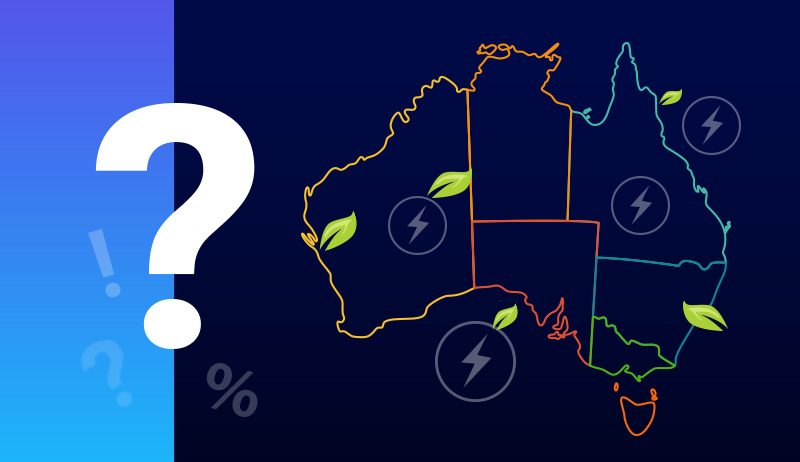
- Transition to Renewable Energy: Australia can accelerate its transition to renewable energy sources, such as solar, wind, hydroelectric, and geothermal power. Increasing the share of renewables in the energy mix is crucial for reducing emissions from electricity generation, which is a significant contributor to the nation’s carbon footprint.
- Energy Efficiency: Improving energy efficiency across all sectors, including industry, transportation, and buildings, can significantly reduce energy consumption and emissions. This involves implementing energy-efficient technologies, upgrading infrastructure, and promoting energy-saving practices.
- Carbon Pricing: Implementing a carbon pricing mechanism, such as a carbon tax or emissions trading scheme, can create economic incentives for businesses and individuals to reduce their carbon emissions. This approach encourages the adoption of cleaner technologies and practices.
- Electrification of Transportation: Promoting electric vehicles (EVs) and investing in EV charging infrastructure can help reduce emissions from the transportation sector, which is a major contributor to Australia’s carbon footprint.
- Carbon Capture and Storage (CCS): Investing in CCS technology can capture emissions from industries like steel and cement manufacturing, preventing them from entering the atmosphere. This technology can play a role in reducing emissions from hard-to-abate sectors.
- Reforestation and Afforestation: Expanding and protecting forests can act as carbon sinks, absorbing carbon dioxide from the atmosphere. Reforestation (replanting trees in deforested areas) and afforestation (establishing new forests) can help offset emissions.
- Adoption of Sustainable Agriculture Practices: Encouraging sustainable farming practices can reduce emissions from agriculture, such as methane emissions from livestock and nitrous oxide emissions from fertilizers.
- Investment in Research and Innovation: Continued investment in research and development of clean technologies and innovation can lead to breakthroughs in emissions reduction strategies.
- International Cooperation: Collaborating with other countries and participating in international climate agreements, such as the Paris Agreement, can help Australia access global resources and solutions to address climate change.
- Public Awareness and Engagement: Raising public awareness about the importance of reducing emissions and engaging citizens in sustainable practices can create a groundswell of support for climate action.
4. But Who Pays for These 'Financial Incentives'? The Taxpayer?
The funding for incentives to achieve net-zero emissions in Australia comes from various sources, shared among different stakeholders. These stakeholders include at large the businesses and government entities.
Australia have implemented carbon pricing mechanisms, like carbon taxes or emissions trading schemes, where emitters pay for their carbon emissions, and the revenue generated can be reinvested in emissions reduction measures and incentives.
Industries that are major emitters of greenhouse gases may also contribute to funding emissions reduction initiatives within their sector. International climate finance mechanisms can provide financial support, and private companies and investors often finance renewable energy projects.
Research grants and partnerships with research institutions play a role in developing clean technologies. Innovative financing mechanisms, such as green bonds and public-private partnerships, are used to fund specific emissions reduction projects. Finally, energy consumers, including households and businesses, may indirectly contribute to funding incentives through their electricity bills, where a portion of the bill may be allocated to support renewable energy programs.

5. What Is Net Energy Consumption and How Do I Report It?
Here’s how you can calculate and report your net energy consumption:
- Calculate Your Total Energy Consumption: Begin by calculating your total energy consumption over a specific period. You can find this information on your utility bills, which provide data on your electricity and gas usage. To determine your total energy consumption, sum up the energy usage in kilowatt-hours (kWh) or other relevant units for the period you’re interested in.
- Determine Your On-Site Energy Generation: If you have renewable energy sources like solar panels or wind turbines on your property, you’ll need to calculate the energy they generate over the same period. This data can be obtained from your renewable energy system’s monitoring equipment or through records provided by your installer.
- Calculate Net Energy Consumption: To calculate your net energy consumption, subtract the energy you generate on-site from your total energy consumption. The formula looks like this:
Net Energy Consumption = Total Energy Consumption – On-Site Energy Generation
- If your on-site energy generation exceeds your total energy consumption, you’re a net producer of energy. Conversely, if your consumption exceeds your generation, you’re a net consumer.
- Reporting Net Energy Consumption: Reporting net energy consumption can serve various purposes, such as tracking your energy efficiency improvements, understanding the impact of renewable energy investments, or fulfilling regulatory requirements in some cases.
Reporting may be done through:
- Personal Records: For personal tracking, you can maintain records of your energy bills, renewable energy system performance, and net energy consumption over time.
- Energy Monitoring Systems: Some renewable energy systems come with monitoring software that provides data on energy generation and consumption. You can use this data for reporting.
- Local Utility: In some cases, utilities may offer services or online tools to help customers track and report their energy consumption and generation. Check with your utility for available options.
Government or Regulatory Agencies: If you’re required to report net energy consumption for regulatory purposes, there may be specific reporting procedures or platforms provided by government agencies or utilities in your region. Be sure to follow any guidelines or requirements set by these entities.
Keep in mind that reporting net energy consumption is essential for understanding your energy usage patterns, optimizing your renewable energy system, and potentially benefiting from incentives or credits for surplus energy production, depending on local regulations and programs.
6. What Are the Financial Incentives of Clean Energy?
7. Australia’s Renewable Energy Target 2050
Australia has taken significant steps to address climate change, including doubling its emissions reduction target for 2030 and committing to net-zero emissions by 2050 through the Climate Change Act. It has also joined the Global Methane Pledge, aiming to reduce methane emissions by 30% by 2030.
Recent policies, like the Rewiring the Nation Plan, National Energy Transformation Partnership, and National Energy Performance Strategy, have been welcomed by the IEA.
IEA Executive Director Fatih Birol commended Australia’s efforts in low-emissions hydrogen and critical minerals supply. However, stronger initiatives are needed to improve energy efficiency, reduce fossil fuel reliance, and achieve net-zero emissions. The IEA recommends an updated 2050 emissions reduction plan and a national energy and climate information system to monitor progress.

